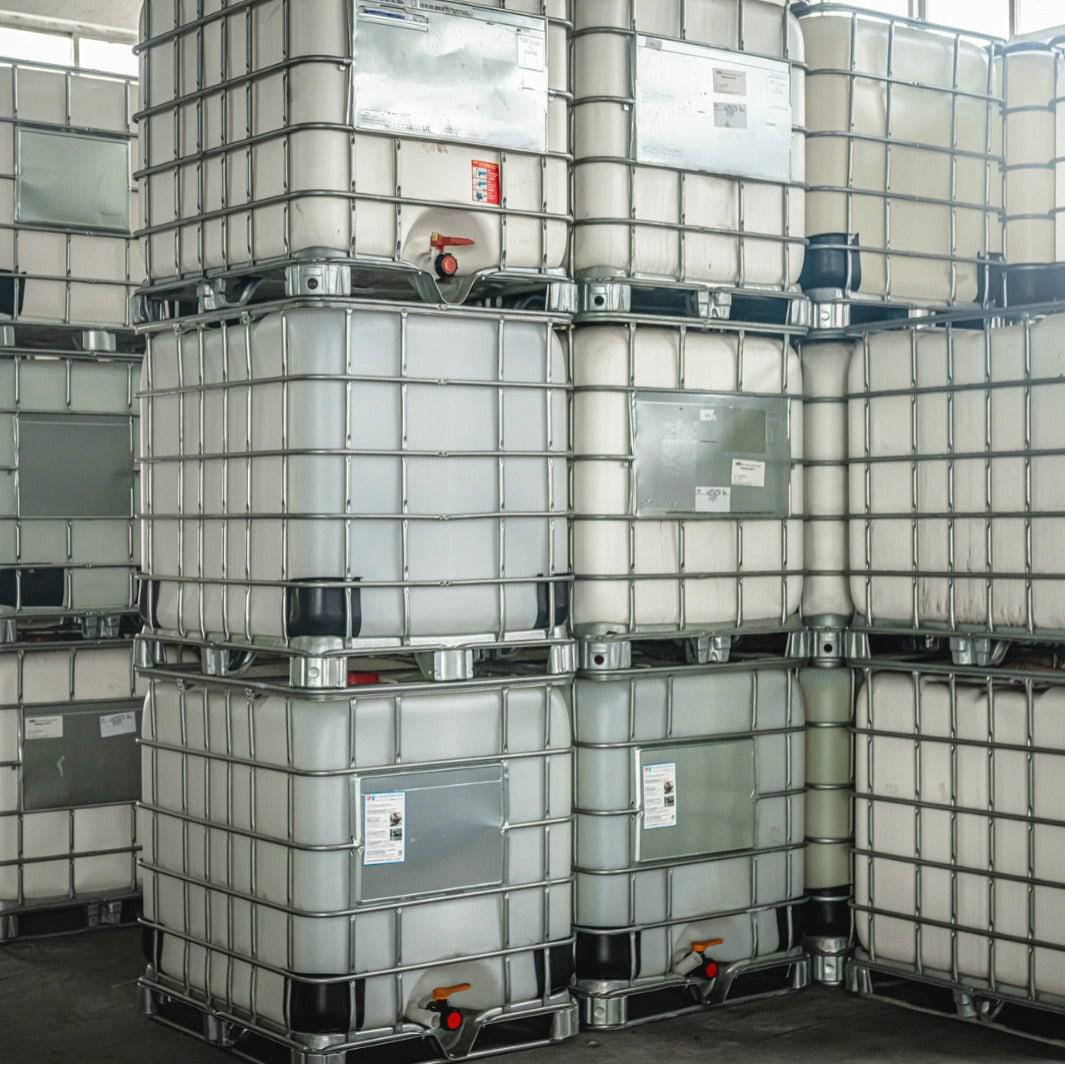What Does Chemie Mean?
What Does Chemie Mean?
Blog Article
7 Easy Facts About Chemie Described
Table of ContentsRumored Buzz on ChemieThe smart Trick of Chemie That Nobody is Talking AboutGet This Report on ChemieAll about ChemieTop Guidelines Of Chemie10 Easy Facts About Chemie Described
By Bojanna Shantheyanda, Sreya Dutta, Kevin Coscia and David SchiemerDynalene, Inc. Liquid cooling, which can be accomplished utilizing indirect or direct means, is utilized in electronic devices applications having thermal power thickness that might surpass risk-free dissipation through air cooling. Indirect fluid air conditioning is where warm dissipating electronic parts are literally separated from the fluid coolant, whereas in situation of direct air conditioning, the parts remain in direct contact with the coolant.In indirect cooling applications the electric conductivity can be crucial if there are leaks and/or splilling of the fluids onto the electronic devices. In the indirect cooling applications where water based liquids with deterioration preventions are normally used, the electric conductivity of the liquid coolant mostly depends upon the ion focus in the liquid stream.
The increase in the ion concentration in a closed loop fluid stream might take place as a result of ion leaching from steels and nonmetal elements that the coolant fluid touches with. During operation, the electric conductivity of the fluid might boost to a level which can be hazardous for the cooling system.
Fascination About Chemie
(https://www.indiegogo.com/individuals/38353167)They are grain like polymers that can exchanging ions with ions in a solution that it touches with. In the here and now job, ion leaching tests were performed with numerous steels and polymers in both ultrapure deionized (DI) water, i.e. water which is dealt with to the greatest levels of pureness, and reduced electrical conductive ethylene glycol/water blend, with the measured change in conductivity reported over time.
The samples were allowed to equilibrate at space temperature for 2 days before recording the initial electric conductivity. In all tests reported in this study liquid electrical conductivity was measured to a precision of 1% using an Oakton CON 510/CON 6 series meter which was adjusted prior to each measurement.
5 Simple Techniques For Chemie
from the wall heating coils to the facility of the heater. The PTFE example containers were placed in the heating system when steady state temperature levels were gotten to. The test configuration was gotten rid of from the furnace every 168 hours (seven days), cooled down to area temperature with the electrical conductivity of the fluid gauged.
The electric conductivity of the liquid sample was kept track of for an overall of 5000 hours (208 days). Schematic of the indirect closed loophole cooling experiment set up. Elements used in the indirect closed loop cooling down experiment that are in contact with the fluid coolant.

Getting My Chemie To Work
Throughout operation the fluid reservoir temperature was kept at 34C. The adjustment in liquid electric conductivity was kept track of for 136 hours. The fluid from the system was accumulated and stored. In a similar way, closed loop test with ion exchange material was carried out with the same cleansing procedures used. The preliminary electric conductivity of the 230ml UP-H2O in the system gauged 1.84 S/cm.

0.1 g of Dowex material was added to 100g of fluid samples that was absorbed a different container. The combination was mixed and transform in the electrical conductivity at area temperature was gauged every hour. The measured change in the electric conductivity of the UP-H2O and EG-LC examination liquids containing polymer or metal when immersed for 5,000 hours at 80C is revealed Number 3.
Getting My Chemie To Work
Number 3. Ion leaching experiment: Calculated modification in electric conductivity of water and EG-LC coolants including either polymer or metal examples when submersed for 5,000 hours at 80C. The outcomes show that metals contributed less ions right into the liquids than plastics in both UP-H2O and EG-LC based coolants. This might be due to a thin metal oxide layer which may work as a barrier to ion leaching and cationic diffusion.
Fluids including polypropylene and HDPE exhibited the lowest electrical conductivity adjustments. This might be as a result of the brief, inflexible, straight chains which are less likely to contribute ions than longer branched chains with weak intermolecular forces. Silicone likewise executed well in both test liquids, as polysiloxanes are usually chemically inert because of the high bond energy of the silicon-oxygen bond which would certainly protect against deterioration of the material into the fluid.
Chemie for Beginners
It would be expected that PVC would create similar outcomes to those of PTFE and HDPE based on the similar chemical structures of the products, nevertheless there might be various other impurities present in the PVC, such as plasticizers, that might impact the electrical conductivity of the fluid - fluorinert. Additionally, chloride groups in visit their website PVC can likewise leach into the test liquid and can trigger an increase in electrical conductivity
Buna-N rubber and polyurethane showed signs of degradation and thermal decay which suggests that their possible energy as a gasket or glue material at greater temperature levels might bring about application concerns. Polyurethane entirely broke down right into the test fluid by the end of 5000 hour examination. Number 4. Before and after pictures of steel and polymer examples submersed for 5,000 hours at 80C in the ion seeping experiment.
Calculated adjustment in the electrical conductivity of UP-H2O coolant as a function of time with and without material cartridge in the closed indirect air conditioning loophole experiment. The measured modification in electrical conductivity of the UP-H2O for 136 hours with and without ion exchange material in the loophole is revealed in Figure 5.
Report this page